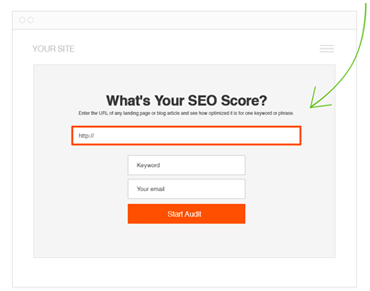Master Meta Descriptions: Boost Click-Through Rates

Want to boost your website’s click-through rates? Mastering meta descriptions is key. In this blog post, we’ve shared expert tips and real-world examples to help you craft compelling descriptions that entice search engine users to click.
What is a meta description? It’s a concise summary of your page’s content, typically limited to 320 characters, that appears in search engine results. A well-written meta description can improve your website’s visibility and drive more organic traffic.
Why is your content’s meta description essential?
Search engines, like Google, can display the meta description in search results, bypass your meta description, and show whatever they want or deem more critical for the specific search query.
Yoast says this:
“Search engines show the meta description in search results mostly when the searched-for phrase is within the description, so optimizing the meta description is crucial for on-page SEO.”
But without a doubt, optimizing your meta descriptions is an essential factor of on-page SEO.
Every detail is essential to the beautiful world of search engine optimization (SEO). It could hurt your rankings and traffic if you overlook one piece – no matter how inconsequential it appears.
The importance of meta descriptions should never be overlooked.
Examples of meta descriptions in search results
SERPs have a different look and feel depending on the search engine. So keep that in mind when you optimize your meta descriptions. Sites like Google tend to include more clickable real estate than sites like Yahoo and DuckDuckGo.
As you can see, sites like Bing pull in more user-rich data from outside sites like Yelp. So keep that in mind when you are making changes. If any of the displayed information is outdated, update it.
Google
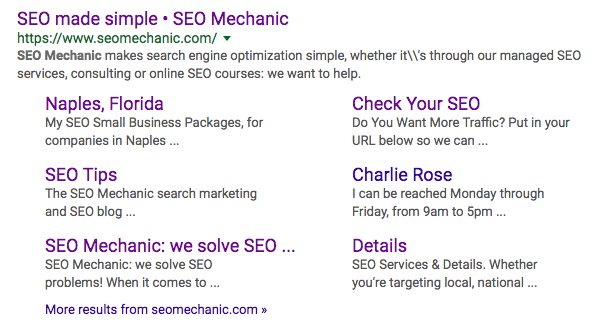
Bing
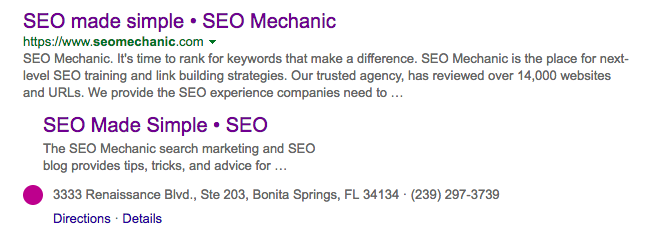
Yahoo

DuckDuckGo

Meta description examples to inspire you
1. Tesla
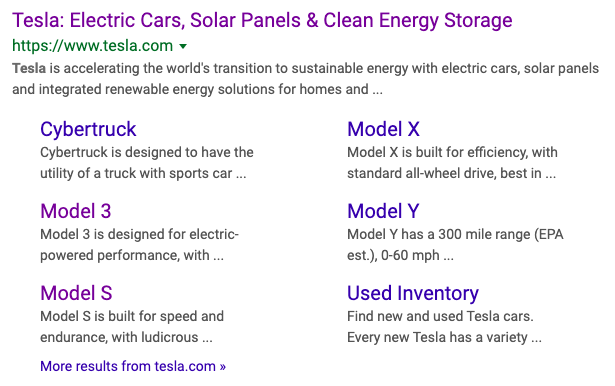
Why it works:
Tesla does a great job of covering the basics and optimizing for branded search results, which is more important to them than ranking for someone generally trying to learn about electric cars or solar power. Their dominance in the field makes branded more critical.
2. Domino’s Pizza
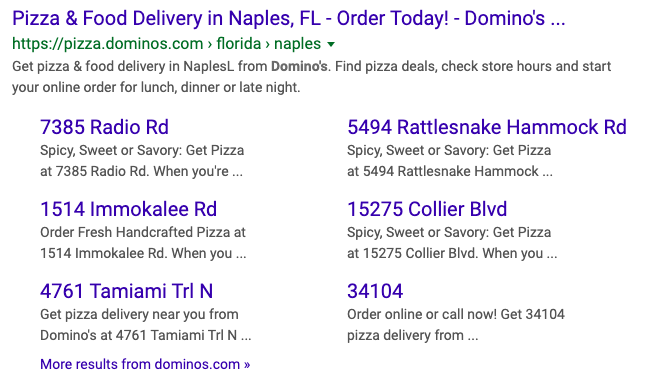

Why it works:
This is an excellent example of Domino’s tailoring its content and meta descriptions for people with the same goal of finding pizza to buy in their city or town. While some potential customers might search generically, ie pizza near me, others will search for pizza in their specific town. Domino’s provides specific pages and meta descriptions to target those searches independently.
Truncated meta descriptions
Sometimes, search engines truncate meta descriptions. This can happen because the description is too long or because search engines build a different meta-description and grab other elements from the page.
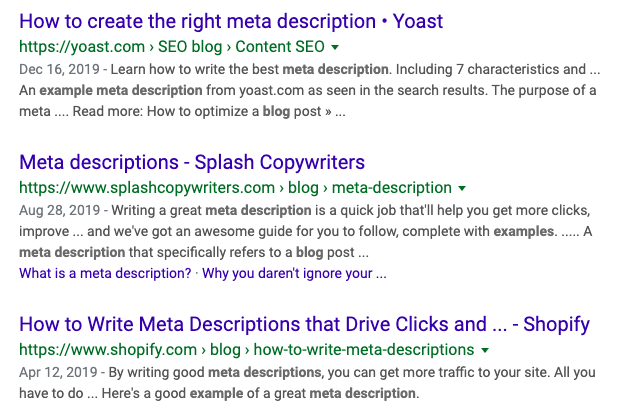
Simple tips for writing a great meta description.
Below are a few examples of things to consider when crafting the perfect meta description. While there is no bulletproof formula, often, good copywriting skills and attention to detail have the most significant impact on success.
- Keep the meta description length to approximately 135-160 characters
- Include a call to action
- Matching the page topic is critical
- Check out Semrush’s On-Page SEO Checker.
Google might display alternative text.
If Google thinks it can give the user a better page description, it might pull together separate meta descriptions and titles than what you had intended. These are like pitches that convince the user that the page is precisely what they’re looking for.
If we’ve detected that a particular result has one of the above issues with its title, we may try to generate an improved title from anchors, on-page text, or other sources. However, sometimes even pages with well-formulated, concise, descriptive titles will end up with different titles in our search results to better indicate their relevance to the query. There’s a simple reason for this: the title tag as specified by a webmaster is limited to being static, fixed regardless of the query.
Automate meta descriptions with templates
Do you have a website with too many pages to adjust manually? If so, you can create templates with plugins like Yoast, if you have WordPress, and clean up your site in just a few clicks.
The Yoast plugin lets you set templates for titles and meta descriptions. This means you can create a template and won’t have to think about it anymore! You can do so in the Search Appearance section of Yoast SEO. You can also set these templates for the homepage, posts, pages, categories, tags, and archives.
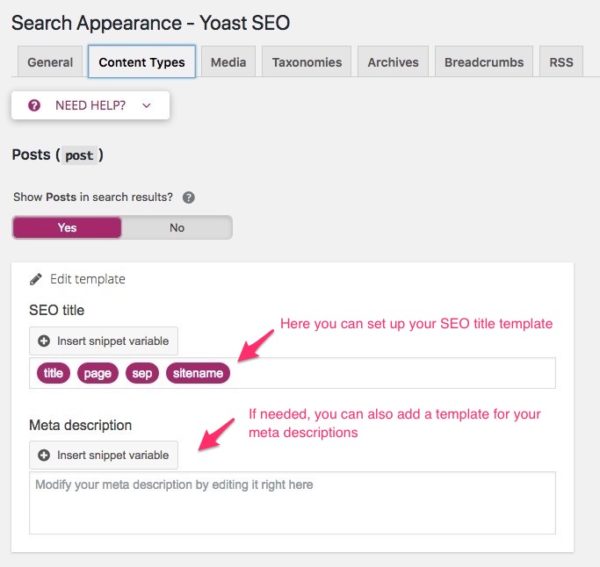
You can use various variables to fill out this template—for instance, the name of the post, page, or product and the name of your site.
Template caveat emptor: When creating templates and applying them sitewide, make sure to thoroughly consider your process, motives, and visitors’ search intent. If you have a large site with over 100 or even 1,000 or 10,000 pages, you will see a significant fluctuation in your search engine ranking positions.
Also, the time it takes for these results to update through the search index fully could take weeks.
Test your meta descriptions.
If you have specific landing pages that generate a good amount of organic traffic, consider testing different meta descriptions to see if they increase click-throughs from search engines. Mix up different description lengths, calls to action, and keyword positioning.
Conclusion
A meta description is a short snippet of text that appears in search engine results pages (SERPs) below the page title. It gives searchers a brief overview of the page’s content.
A well-written meta description can help to improve your website’s click-through rate (CTR), which is the percentage of people who see your page in the SERPs and click on it.
 December 21, 2022
December 21, 2022


